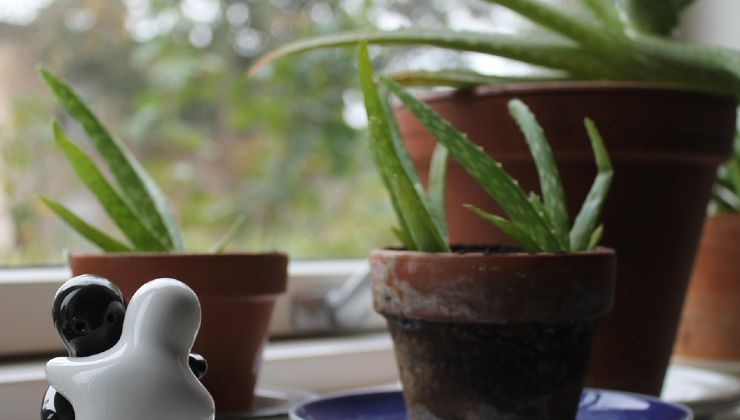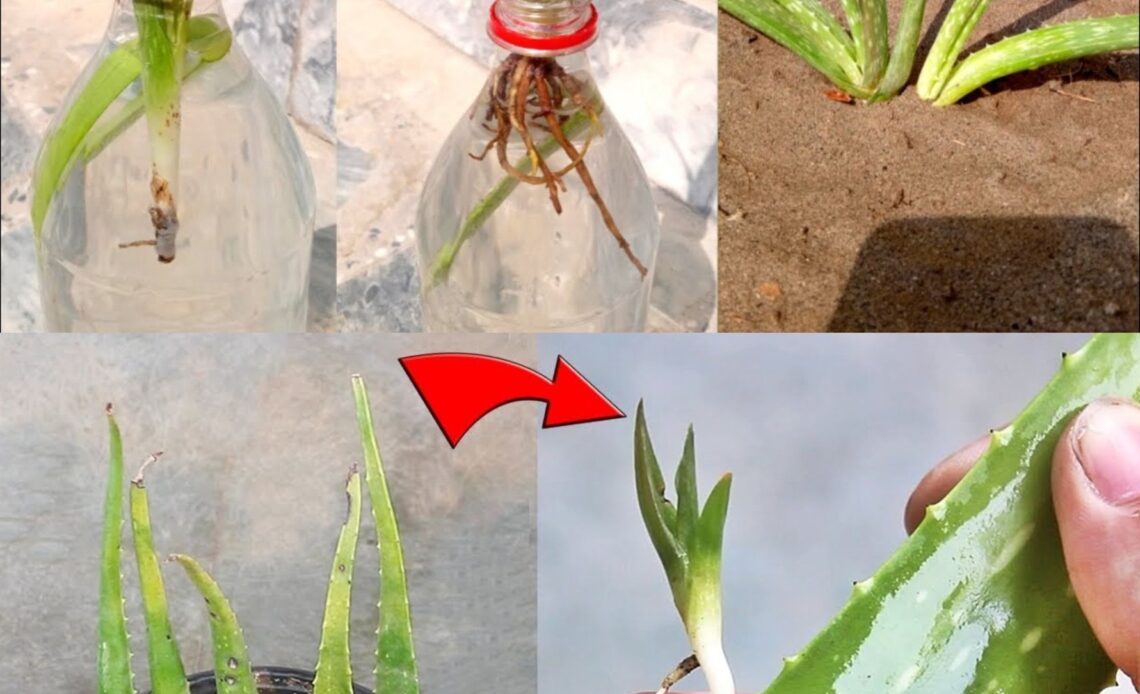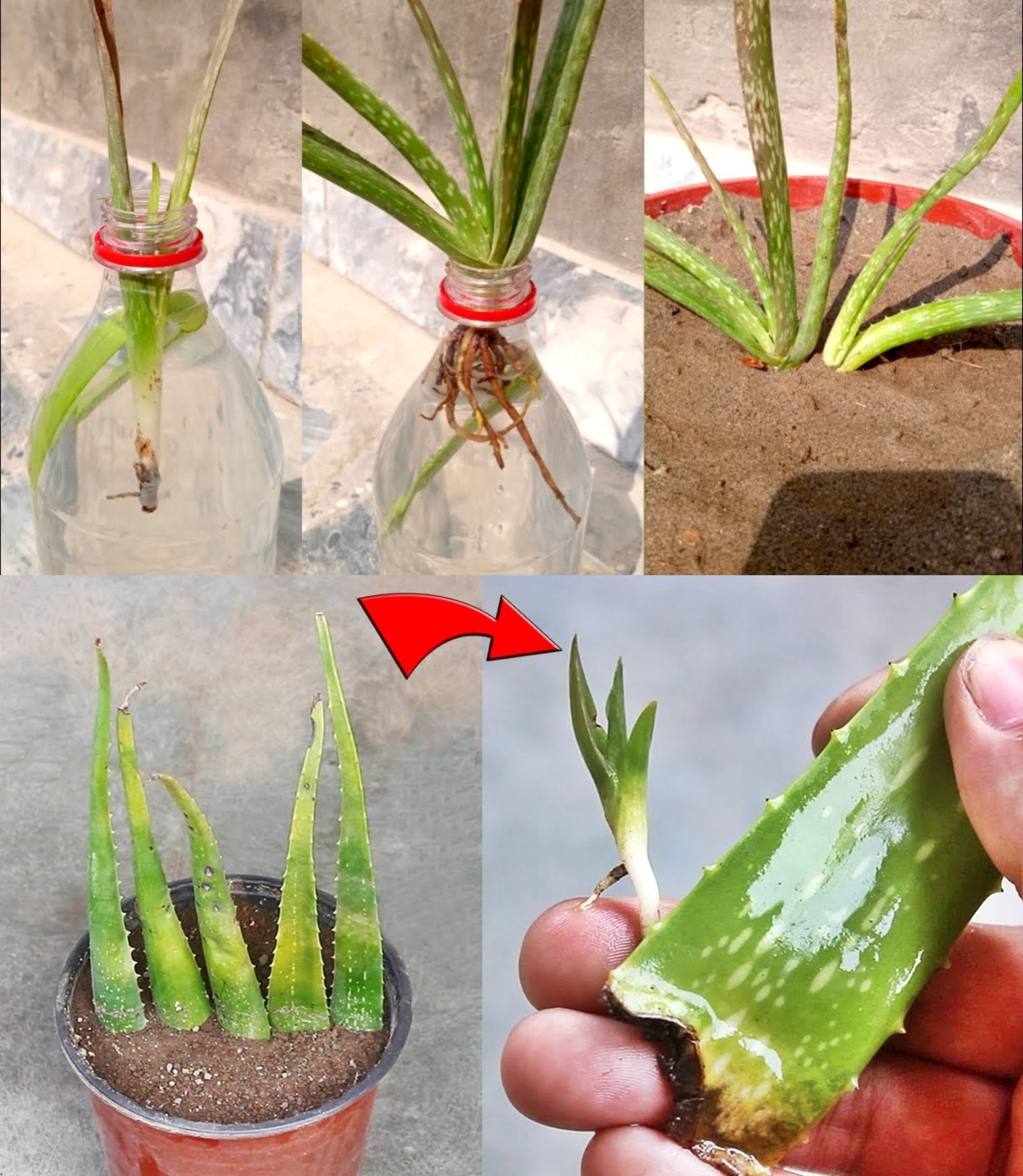
A Multipurpose Marvel: Aloe Vera’s Infinite Reproduction Method
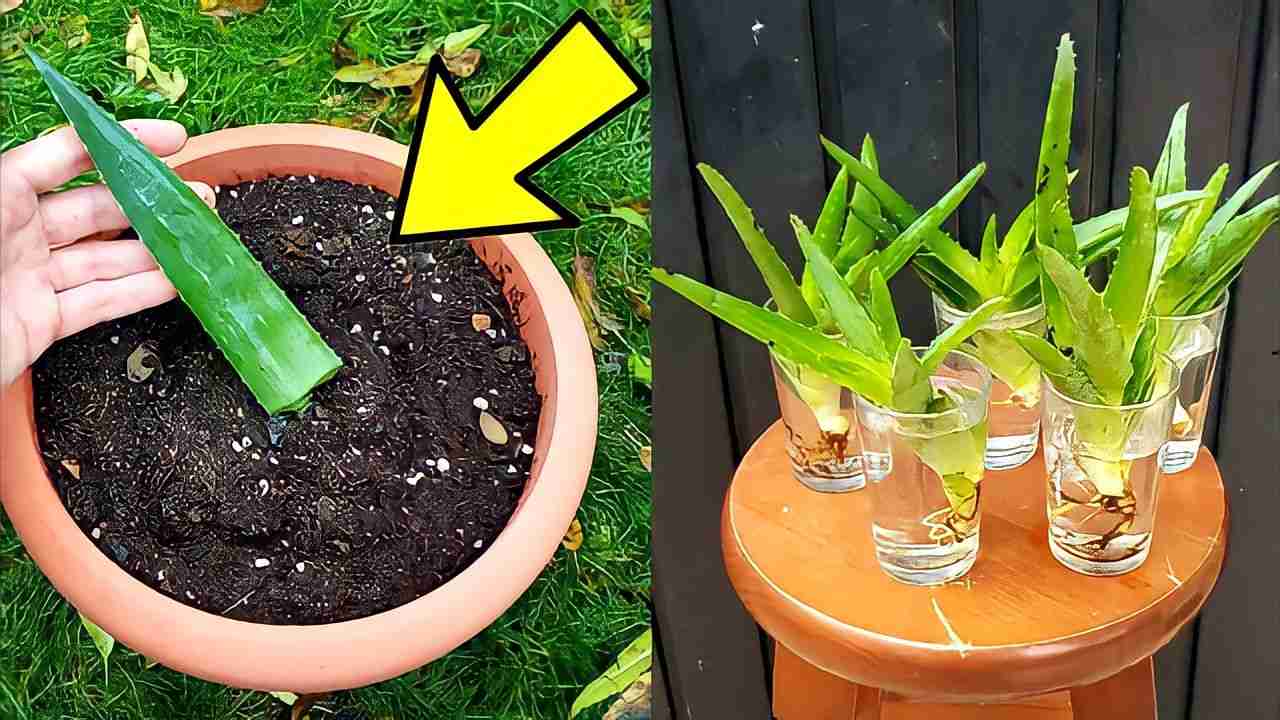
Aloe vera, a succulent plant belonging to the Asphodelaceae family, stands as a botanical gem with myriad applications. Renowned since ancient times, Aloe vera has earned appreciation for its versatile properties in the realms of phytotherapy, herbalism, cosmetics, and nutrition. The leaves of Aloe vera serve as the key components for extracting aloe gel and aloe juice, both rich in vitamins, enzymes, amino acids, polysaccharides, water, plant hormones, and anthraquinones.
Properties of Aloe Vera Cultivation
Aloe vera leaves facilitate the extraction of juice, abundant in aloin, glucosides, and emodin, fostering liquid secretion and boasting laxative properties. Moreover, Aloe vera products exhibit gastro-protective attributes when consumed orally, proving beneficial for addressing gastroesophageal reflux, a fact substantiated by studies.
The gel derived from Aloe vera leaves exerts an emollient and soothing effect, with its ability to inhibit prostaglandin production, highlighting significant anti-inflammatory properties. Acemannan, found in Aloe vera, contributes to fortifying the body’s immune system.
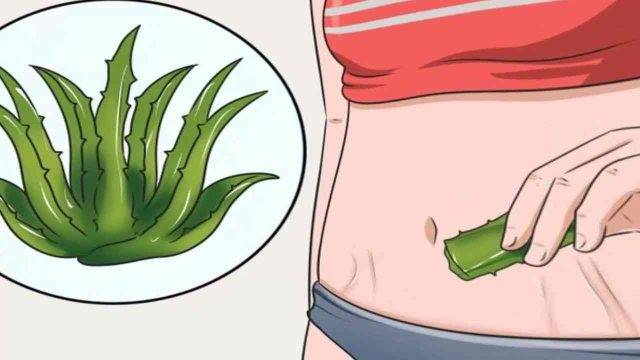
Growing Aloe Vera and Encouraging Reproduction
While Aloe vera is renowned for its manifold benefits, it demands meticulous care. Aloe shoots, or cuttings, can be harvested during the summer and left to rest in darkness for three days to facilitate healing and prevent rot. Plant these cuttings in a pot with a mixture of sand and peat, ensuring a nutrient-rich and porous soil with efficient drainage. Adequate sunlight is crucial for Aloe vera, but it should not be direct, as it may cause leaf damage. Avoid excessive watering; a suggested watering frequency is once every 20 days.
Fertilizing Aloe Vera: Natural Options
For nourishing this succulent plant, opt for organic fertilizers. Utilize natural and DIY fertilizers like coffee grounds, releasing antioxidants and nitrogen into the soil, or consider nettle macerate and vegetable cooking water, rich in essential nutrients conducive to Aloe vera’s growth.
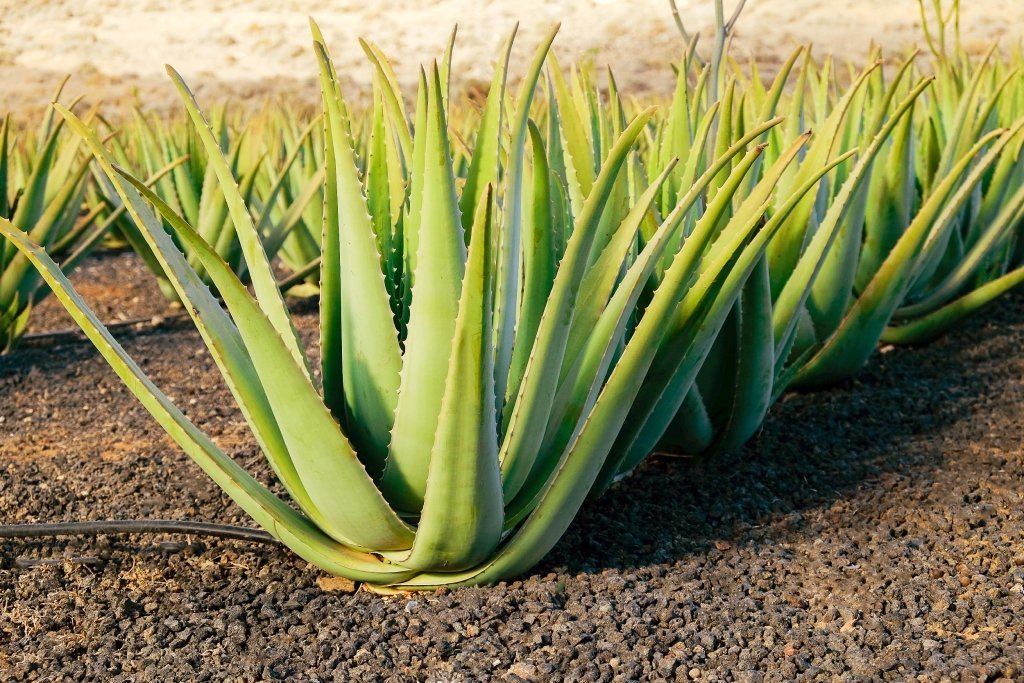
Ideal Placement for Aloe in Your Home
Maintain a temperature range of 18 to 30 degrees Celsius for Aloe vera’s optimal growth. While it thrives in sunlight, it should be shielded from direct exposure. Ideal locations include gardens and shaded terrace areas. Minimize humidity levels, and if needed, a dehumidifier can be employed in the room housing your Aloe vera to ensure its well-being.
